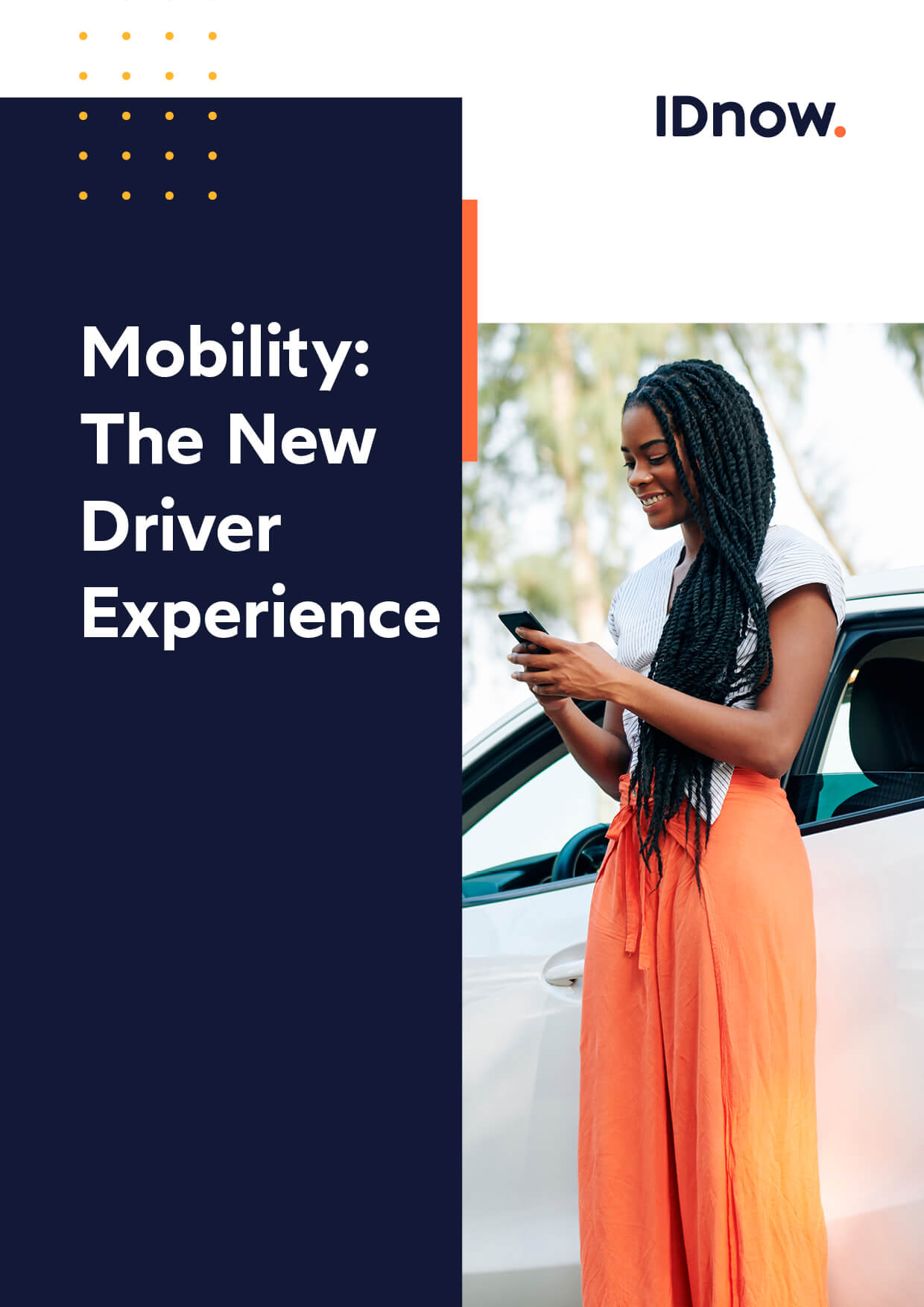In the age of the Internet of Things, autonomous and connected cars are revolutionizing the way we drive. As these vehicles become increasingly sophisticated, verifying user identity is becoming a crucial issue in ensuring safety and preventing fraud. Let’s explore the challenges and solutions associated with this mobility revolution.
By 2025, it is estimated that 50 billion objects will be connected worldwide, covering everything from household appliances to urban infrastructure. Among these objects, cars occupy a prominent place, with functionalities multiplying at an impressive rate. According to Geotab, the smart device is what has changed the game the most in recent years. As technology advances, connected vehicles become more sophisticated, offering advanced functionality that goes far beyond simple driving. These advances are not just limited to improving mechanical and safety aspects, but also extend to features that enhance the overall experience for drivers and passengers.
As the Belgian Automobile Federation (FEBIAC) explains: “There are two types of connected cars. The first category has a 4G/5G card that vehicles use to be constantly connected to the Internet, and more specifically to the manufacturer’s online services. The second category connects via your smartphone, whose screen will be replicated on that of the vehicle.”
Connected cars are increasingly integrating smartphones into their ecosystems, thanks in particular to the democratization of Apple CarPlay and Android Auto. As Apple points out, it’s now possible to integrate your iPhone with your car’s digital keys, to open and start your vehicle. Users are now able to link their phone to their vehicle, enabling them to benefit from functions such as remote opening and starting, or purchasing options directly from their phone.
However, such functionalities require a high level of user verification. With the risk of hacking on the rise, it is essential to protect against fraud and identity theft by adopting appropriate solutions.
Connectivity: the new spearhead of the automotive sector.
Connected cars have opened up a whole new world of opportunities for automakers and end-users alike. Connectivity has made a major contribution to enhancing the driving experience, through the deployment of new functionalities. These include:
- Predictive maintenance, thanks to remote diagnostic modules, or maintenance notifications based on real-time analysis of vehicle data;
- Personalized services, such as notification of available parking spaces nearby, or suggestions for restaurants and services based on location;
- Entertainment and connectivity, including smartphones accessing streaming services, or compatible applications from stores;
- Remote control and command, enabling the vehicle to be locked, unlocked or started remotely, or the vehicle temperature to be preset.
Some of these advantages require a connection with a smartphone to operate. More and more cars no longer need a key to start, for example. Cards are gradually replacing ignition keys. They can also be dematerialized on a smartphone, for even greater convenience. This is one of the reasons behind the success of car-sharing services such as Getaround or Zity, which rely on remote unlocking of vehicles, thanks to strong user identification.
As Thales points out, another crucial point in terms of security for connected vehicles lies in web applications. These enable “the exchange of information between the vehicle and/or driver and the manufacturer’s IT system. If the authentication process is not secure enough, an attacker can enter a user’s account and take control of the vehicle.”
For all these reasons, strong identification measures are essential to anticipate these new uses.
Securing new uses through identification.
While car-sharing is one of the benchmark use cases, there are other situations in which it may be useful to identify the driver of a vehicle. Lending a vehicle to an employee, rental between private individuals or even self-service cars are all examples of uses that justify better identification of the driver.
These new uses require strong authentication of users using their smartphone, as well as identification of the smartphone by the vehicle. This begins as soon as the vehicle is delivered, where an automated identity verification check and biometric verification can be carried out, in order to associate a user with his or her account.
When a key is exchanged digitally with another user, it is necessary for the user to prove his or her identity. By going through the same identification and authentication process as the owner, both parties can optimize the security of vehicle access.
It is also possible to request an additional biometric element to reinforce authentication. For example, the use of biometric features such as facial recognition can add an extra layer of security, allowing the user to access their account in complete safety. Many modern smartphones are equipped with biometric sensors that can be used to authenticate the user before allowing them to unlock the vehicle. Even if an ill-intentioned person has the smartphone of the vehicle’s rightful owner, it will not be possible for him or her to gain access, or even worse, to start it.
At IDnow, we’re helping to enhance the security of connected vehicles by offering ID document verification via our APIs, capable of handling over 3,000 ID documents from 195 countries. By leveraging the latest technologies in facial recognition and life detection, we are able to confirm the physical presence of the person during the verification process. By integrating these technologies and strategies, manufacturers and users of connected vehicles can ensure secure identification of users via their smartphones, minimizing the risk of fraud.
Anticipating future uses.
As vehicles become increasingly autonomous and integrated into our daily lives, reliable and secure identification systems are essential to protect drivers and their vehicles. Faced with these new uses, we need to think about security and identification, both on the user side and on the component side. Proactive measures will have a positive impact on users’ peace of mind and their confidence in connected cars.
Want to know more about the future of mobility?

By

Mallaury Marie
Content Manager at IDnow
Connect with Mallaury on LinkedIn




